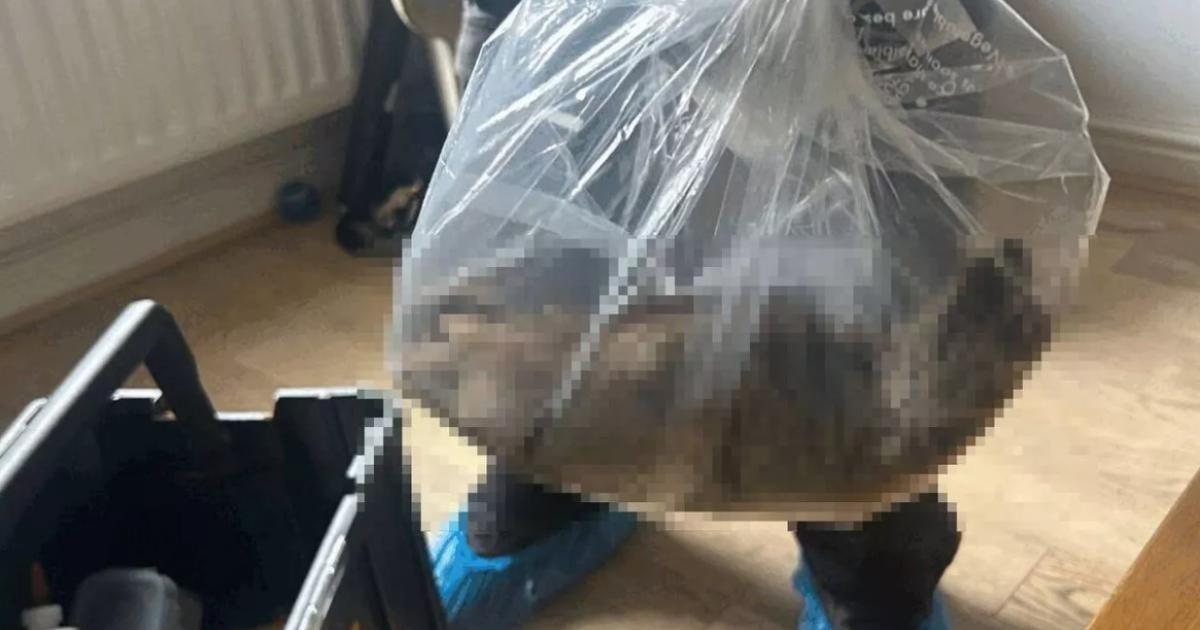The potentially record-breaking rat in UK terms – said to measure approximately 22 inches long from nose to tail – was discovered recently in a property in Normanby, Teesside by a pest controller that had been called to investigate.
The Local Democracy Reporting Service (LDRS) has been told the dead mammal, a photograph of which has been shared on social media, had been nesting in the home. It has been likened to a “sewer rat” and, while it is unknown how it accessed the property, rats had been reported in the area in back alleys nearby.
In a Facebook post, Eston ward councillors David Taylor and Stephen Martin called on Redcar and Cleveland Council to get a grip of the problem, working with other agencies. They said they wanted to see a “full vermin survey and treatment plan” implemented in council-owned areas across the borough and joint action also involving businesses, landlords and social housing providers.
How to get rid of these common garden pests
Cllr Taylor also described public bins in parts of Eston and Whale Hill “overflowing”, with shops, particularly takeaways, dumping items in them and providing “easy food” for rodents. Overgrown vegetation on public land, providing hiding spaces for rats, was another aspect highlighted.
He said the council had to take the problem seriously with sightings increasing. Rats can spread disease to humans and are also known to breed quickly. Cllr Taylor said: “The longer this is ignored, the worse it will get. It is a growing problem.”
He said the rat caught was “massive”, and likened to a small cat or dog, and he had been told by people working in pest control a typical sewer rat could get that big.
Native wild animals in the UK
As with many other local authorities, Redcar and Cleveland Council no longer offers a pest control solution to private householders, although it retains a full-time officer to tackle issues on council land. Meanwhile, not all social housing providers automatically offer such a service, or if they do it is only on a discretionary basis.
Cllr Taylor praised the council’s “workforce on the ground doing an absolutely amazing job”, but said more direction was needed from the top of the organisation on the matter. He said he accepted the extensive action being called for would “cost a fortune”, but the problem arising was also a health risk.
He said: “They’ll keep multiplying and unless there is a big cull in the area, people will keep experiencing this.” A spokeswoman for the council said: “The council has a dedicated pest control officer who manages pest issues on council-owned land. While we no longer provide a wider pest control service, we do offer advice to residents where possible.
“The council continues to work with Beyond Housing, Northumbrian Water and other partners to address complex issues and explore potential solutions. There is also helpful guidance and preventative measures on our website to support people in dealing with pests.”

